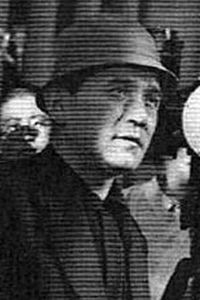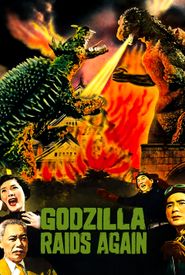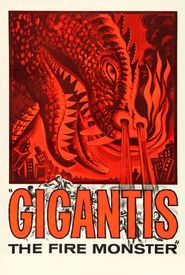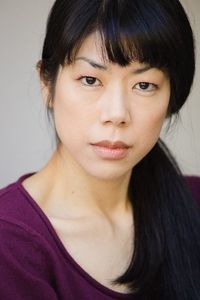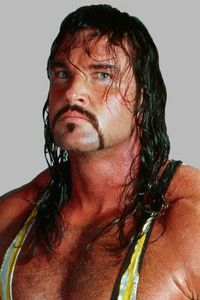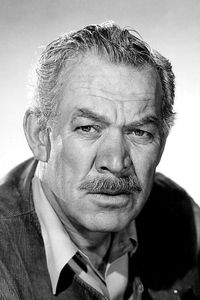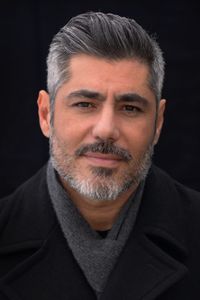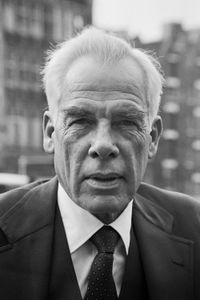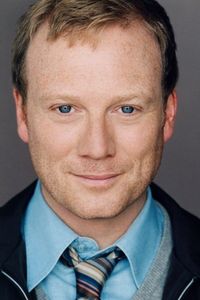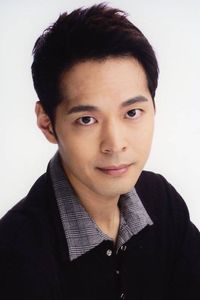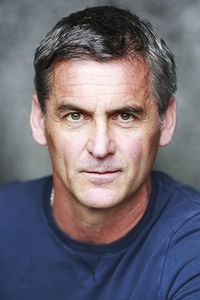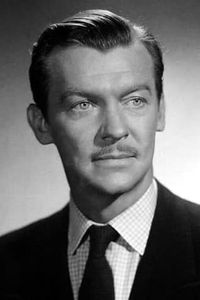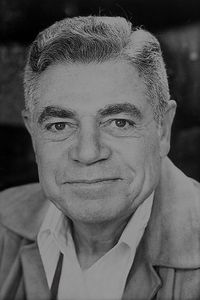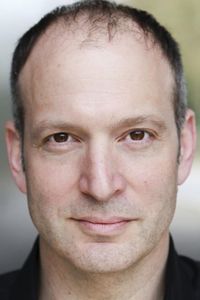Motoyoshi Oda, a renowned Japanese film director, was born on July 21, 1910, in the thriving city of Moji, located in the southernmost prefecture of Fukuoka. As a young scholar, Oda pursued higher education at Waseda University, one of Japan's most esteemed institutions, where he earned a degree in English in 1935. This academic background laid the foundation for his future endeavors in the film industry.
Following his graduation, Oda's path converged with the prestigious Tokyo-based film company, P.C.L. (Photo Chemical Laboratories),which would later merge with the iconic Toho Studios. Under the mentorship of the accomplished director Satsuo Yamamoto, Oda honed his skills alongside a talented group of aspiring filmmakers, including the legendary Akira Kurosawa, Ishirō Honda, and Senkichi Taniguchi.
These formative years at P.C.L. provided Oda with a solid foundation in the art of filmmaking, setting the stage for his future success as a director in the Japanese film industry.
As the global conflict in China escalated, Oda's professional trajectory underwent a significant surge, courtesy of the departure of his colleagues who were conscripted into military service. This unforeseen development led to his rapid promotion to the prestigious position of director in the year 1940, courtesy of the cinematic masterpiece "Song of Kunya", a testament to his remarkable aptitude and dedication, which he had honed through a relatively brief yet intense period of training.
Despite his relative inexperience in the director's chair, Oda continued to helm a succession of films, predominantly low-budget productions designed to keep movie theaters bustling with activity. Although these projects did not offer Oda the creative autonomy he desired, they did provide him with a platform to hone his skills and develop his artistic vision, laying the groundwork for his future successes.
Notable credits of Oda include Lady From Hell, a film based on a script penned by the renowned Japanese filmmaker, Akira Kurosawa, and Tomei Ningen, a 1954 Japanese horror classic that has stood the test of time. His impressive body of work also comprises the direction of the second Godzilla film, Godzilla Raids Again, which was released in the United States under the title Gigantis, the Fire Monster in 1955. Notably, Toho Studios heavily relied on Oda's expertise, entrusting him with the responsibility of directing as many as seven movies per year, confident in his ability to deliver high-quality films on schedule. Throughout his illustrious career, Oda went on to direct a total of fifty movies, including assistant director and second-unit direction work on Ishirō Honda's Eagle of the Pacific, which was released in 1953.
There is a notable absence of available information regarding the professional endeavors and credits of Oda following the year 1958. Despite this lack of transparency, it is known that Oda's life came to a close on October 21, 1973, in the city of Tokyo, Japan.
